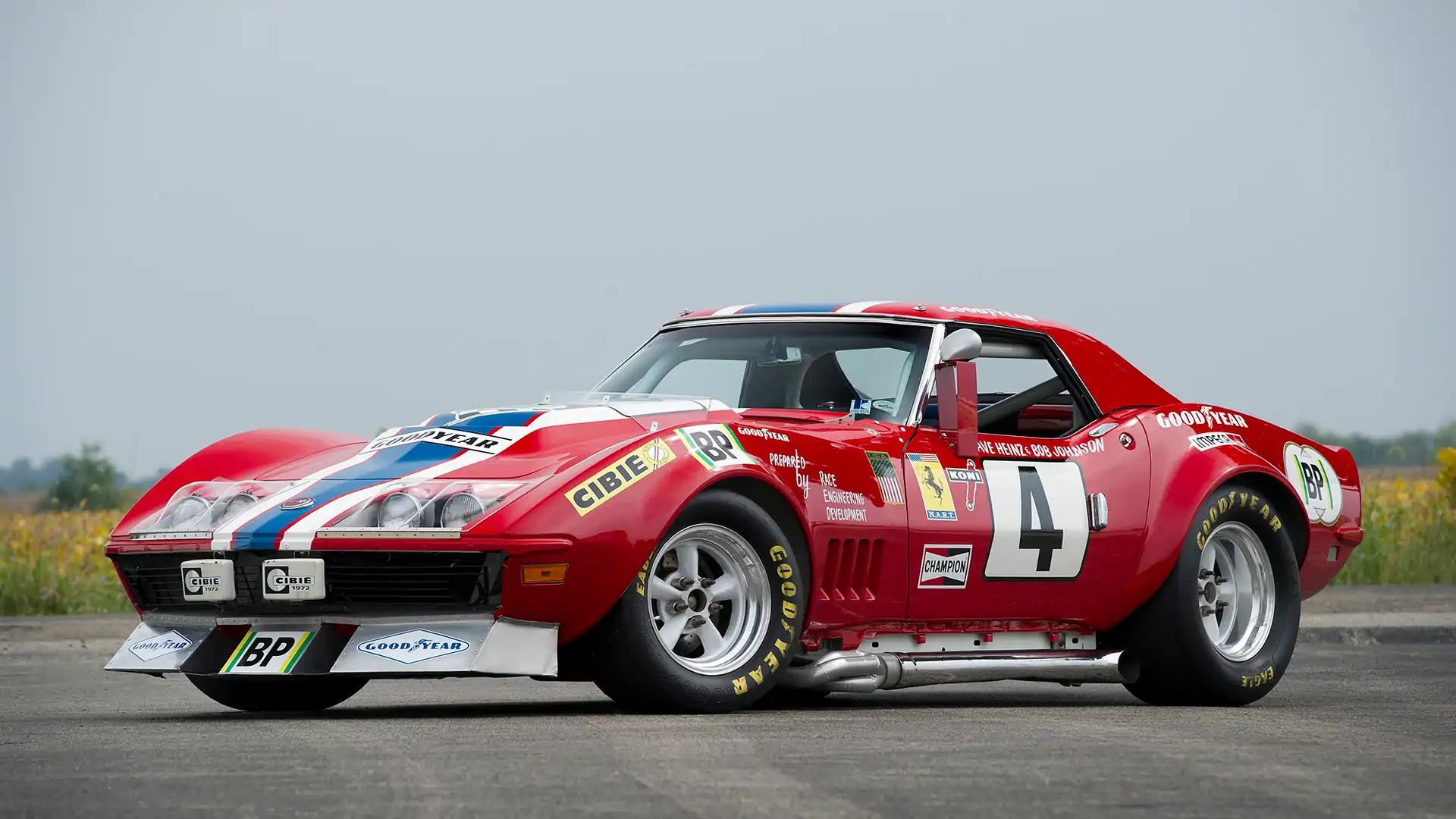You might not believe the story of how two racing giants joined forces to form an unlikely alliance.
Do you remember the time that a Corvette claimed it was a Ferrari during Le Mans? Few people have. The 1972 race shouldn’t have been so remarkable. The iconic Porsche 917 and Ferrari 512 were both retired. Although the war between manufacturers had ended, it was possible to have a corporate battle in America that would result in an odd pairing of a Corvette dressed in cavallino clothes.
This story dates back to the muscle car battles. In 1972, there was so much competition that the street was filled with such horsepower that even tire companies believed that winning on Sunday would increase sales on Monday. Goodyear and BF Goodrich were competing for supremacy using new racing radial rubber. Both American companies ensured they won by using a American hero, The Corvette.
BF Goodrich was able to sponsor a well-funded team backed John Greenwood. Goodyear supported Bob Johnson and Dave Heinz, Race Engineering and Development (RED), team L88 Corvette. They had more success than Greenwood’s vehicle, winning at Sebring in the GT class overall victory.
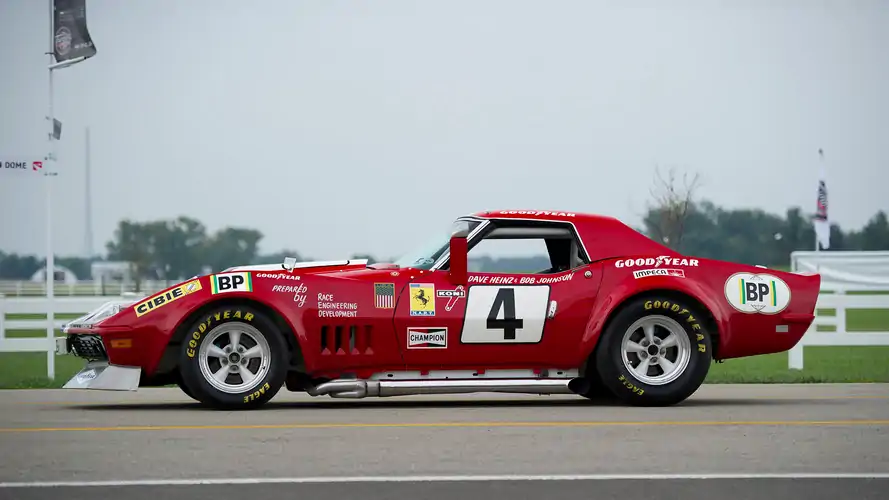
Although the RED Corvette won the 24 Hours of Le Mans in 1972 with a record of 59.7 seconds, there was a problem. Due to the number of parts that were needed to rebuild the car after each round of heavy competition, the car was also known as “Old Scrappy”. The Corvette was therefore not allowed to use the minimum amount of factory parts in the GT class. Greenwood, however, was heading to Circuit de la Sarthe and Goodyear and the RED team were not going to let go of the international spotlight. A new car was ready in eight weeks.
The new racer was constructed from a salvaged 1968 Corvette convertible that had been purchased for $600. It was not as important to determine the year of the donor’s car. The Corvettes that competed in this era were older models (’67-’69), because Chevrolet then offered the L88 package. The L88 option code is a factory-built race car. It upgrades the suspension, brakes and clutch, as well as installs an aluminum head 7.0-liter engine. Although the advertised power was 430 horsepower, it was not known if it could produce more. The donor was given a new frame and FIA-spec flared fenders. New GM-spec drivetrain components were also included. But the most important thing was a thundering L88 heart. The Le Mans invitation did not include this car so Goodyear met up with an old friend.
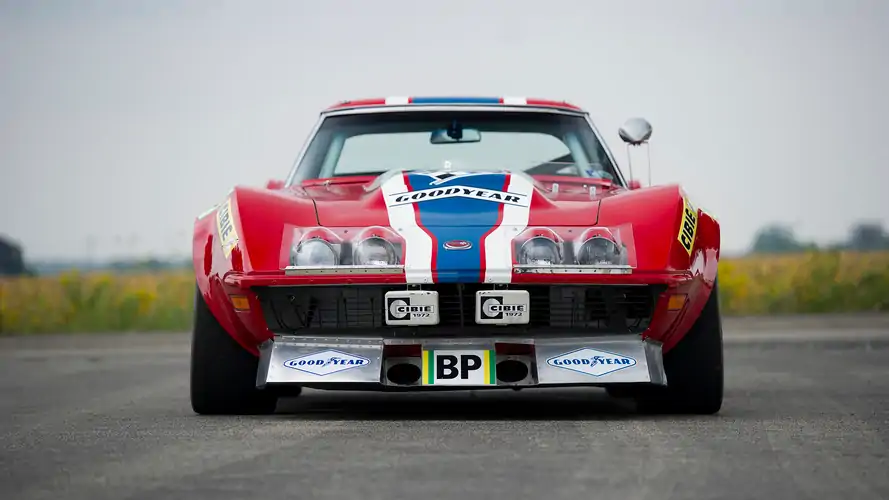
Luigi Chinetti’s North American Racing Team was essentially an extension of Ferrari’s racing program across the Atlantic. NART was established at Le Mans and Goodyear became its preferred tire. Chinetti had a spot for a reserve car, which Goodyear saw as an opportunity to get its Corvette in the race. The tire manufacturer used either goodwill or threats to get the ‘Vette into the race. This unique horse was painted in red with NART livery decals. He wore a bow tie.
It was only half of the battle to get into Le Mans. The junkyard Corvette, now NART No. 4. was able to crash at 100 mph when an advertisement banner crashed onto the track. The team used duct tape and wood to rebuild the nose as they had few spares. The repair was simple enough to withstand the weight of a track marshal (a.k.a. The car passed the measured entry test and was then allowed to compete.
Johnson and Heinz were only a fraction of the way through the race. They still needed some miracles to keep their competitiveness. For any car, the 24 Hours of Le Mans is exhausting. This one was hurt from the start. The Corvette was unable to run at its maximum speed due to the injured front. Pre-race damage to the fuel filler neck also meant that the Corvette could not run at full speed. This resulted in wasted time and longer refill times in pits.
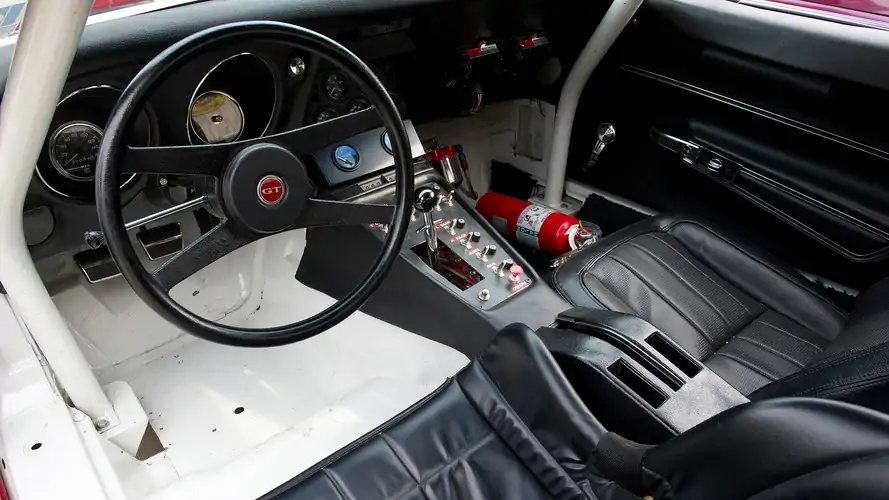
The No. 4 Ferrari was not only the most ugly Ferrari entry that walked around the track, but it also had the worst brakes. No. 4 was a strong competitor. It placed fifteenth overall and seventh in its class. This record would be held for Corvettes for more than two decades. Goodyear was even more pleased with the result because both Greenwood/BF Goodrich cars failed to finish.
Most race cars have a short lifespan before they are discarded. However, the Le Mans Corvette of the past had a much longer career than any All-Star pitcher. It was modified and rebuilt to conform with the various series. Mike Yager, the car’s new owner decided that it was time to retire.
Kevin Mackay, Corvette Repair, Inc. was able to restore the old racer to its original specifications. Mackay has a legendary reputation within the Corvette community, having even restored a Briggs Cunningham 1960 Le Mans Corvette.
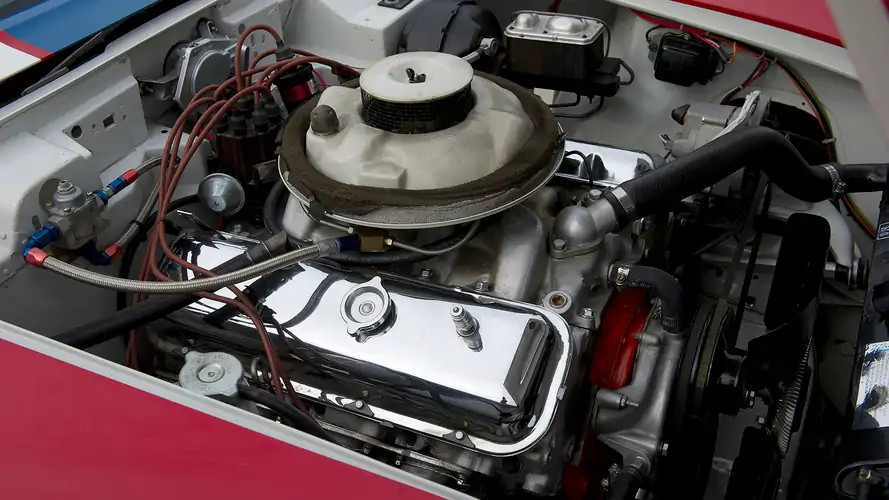
Mackay took the car apart to its bare fiberglass core and rebuilt it from scratch. Blueprinted to produce 660 horsepower, a period-correct V8 was installed. Rebuilding a Corvette is easier than rebuilding an exotic marque because there are so many parts. Mackay finds it most difficult to recreate the unique features of a race car.
He found items that made this car unique. The No. The No. 4 Corvette arrived at Le Mans 1972 without the required emergency tire. Instead, the team used a Peugeot owned by a policeman to throw one in. A Triumph TR6 provided the lights for the racing numbers. After the airline’s fiery qualifying crash, BP stickers were quickly applied to the TWA sponsor logos.
In the late 1990s, this meticulous restoration was completed. The car is now in good running order and has been a part of unique American stories at events all over the country. It can be found at Yager’s Mid America Motorworks, Effingham, Illinois. There, the museum displays rare prototypes and racers.
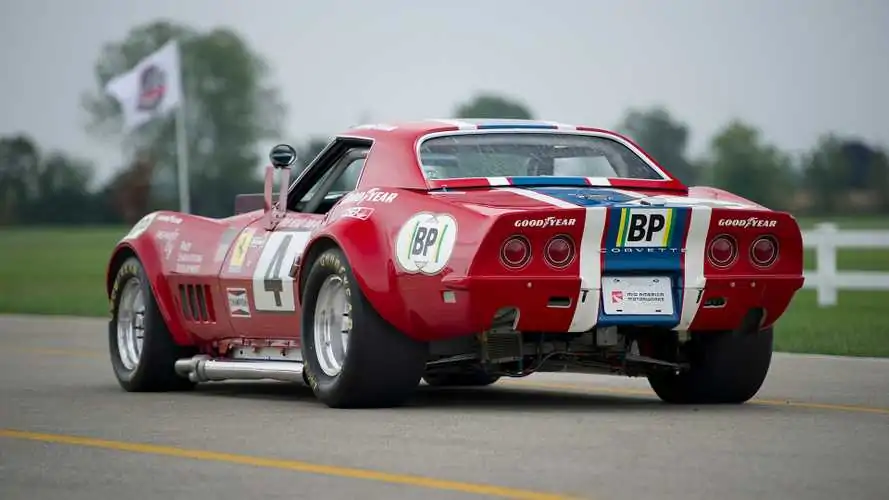
The facility will be open to the public this weekend as part of Corvette FunFest. Other great projects on display include the 1964 Chevrolet concept XP-819 coupe and a rare 1963 Z06 split-window coupe. These newer additions are competing for space in our rotating collection as they complete their restoration. Yager still loves the Testa Rossa Corvette despite its nearly two decades of ownership. It might be time for a new home.
This is why you need to pay close attention to it now. The NART Corvette is a unique and fascinating oddity that will never be duplicated. It’s like naming someone at a party and describing how the stars aligned to make this car. It’s a Corvette, which was made to look like a Ferrari in order to set Le Mans records using Goodyear tires. It’s more than just an ego; it’s a symbol for true racing grit, where victory is only possible to those who refuse death.
